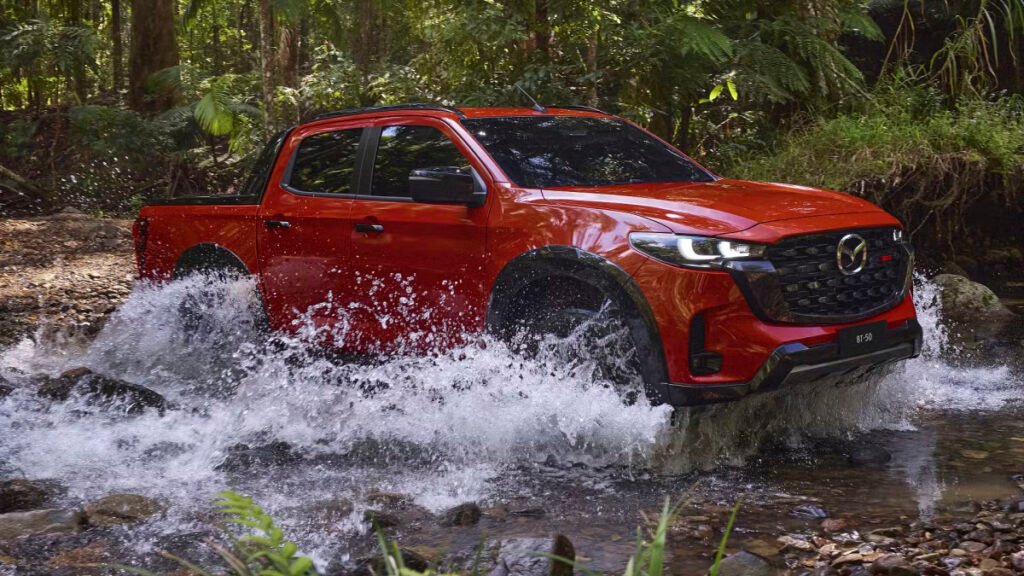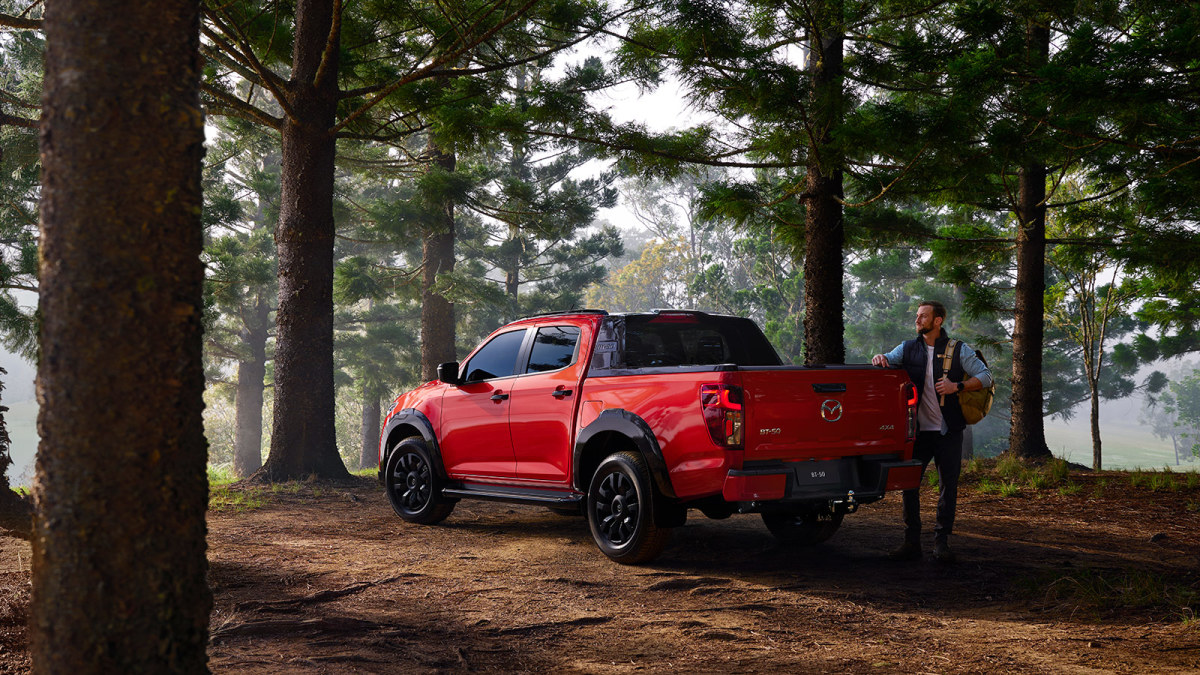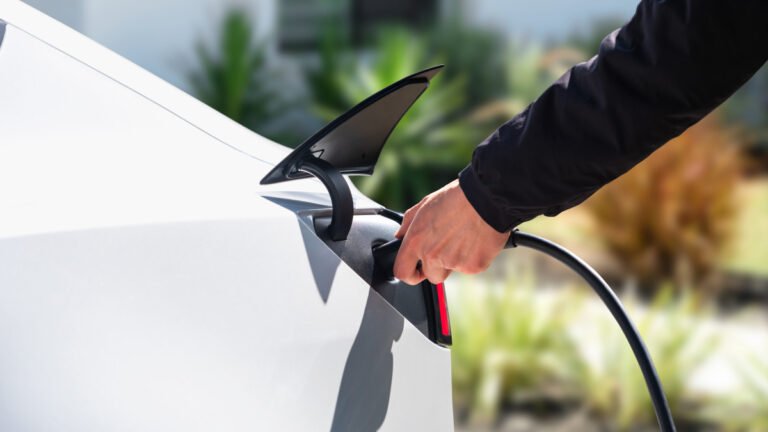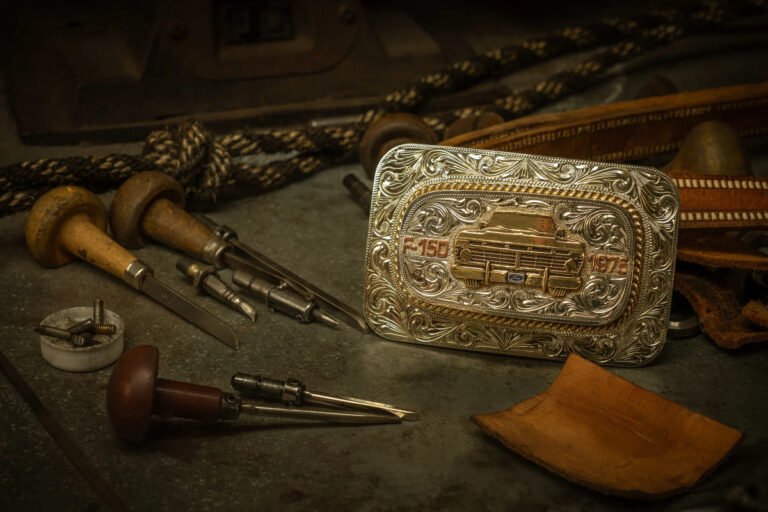
It’s Sticking With Diesel For Now
When comes to electrification, pickup trucks are a prime target. Whether it’s the full-size Ford F-150 Lightning and Chevrolet Silverado EV, the lifestyle-oriented Rivian R1T, or Ford’s anticipated small electric pickup (not to mention the efforts of startups Slate and Telo), many are convinced that trucks are the perfect application for electric powertrains. But not every truck maker thinks this way.
Mazda hasn’t sold pickup trucks in the United States since the B-Series was discontinued in 2009, but it still sells the BT-50 in some markets like Australia. That truck is twinned with the Isuzu D-Max, which recently added an all-electric variant. But Mazda has no current plans to borrow that powertrain, Vinesh Bhindi, managing director of Mazda Australia, said in a recent interview with local car website Drive.com.au.
No Concern Over Emissions Rules
“I don’t think we will be having a battery EV ute anytime soon,” Bhindi said, using the Australian term for vehicles with cargo beds. “But we will let the market tell us that there is room for it, and there is demand for it, and Mazda should consider what the options are.”
In the Australian market, the similar-sized Ford Ranger offers a plug-in hybrid powertrain, as do the BYD Shark and Great Wall Motor (GWM) Cannon Alpha, two pickups from Chinese brands. But Bhindi believes sticking with diesel engines is still the best option for Mazda right now.
“Diesel in utes is here to stay, I don’t see a future where plug-in hybrids or EV battery Utes are the only options, I think diesel still makes sense,” Bhindi said. “And when you look at the NVES [New Vehicle Efficiency Standard, Australia’s efficiency rule], diesel technology still has better CO2 output compared to the others.”
Mazda Pickup History
Mazda has a long and colorful history with pickup trucks, starting with the Mazda-Go, a three-wheeler powered by a single-cylinder engine that launched in 1931, and was sold through Mitsubishi dealerships. Perhaps not surprisingly for the brand most associated with Wankel engines, Mazda also launched the Rotary Engine Pick-Up (REPU) in the 1970s, although the concurrent U.S. energy crises meant it didn’t last long.
In the U.S., Mazda pickups are defined by a partnership with Ford. The Mazda Proceed was sold as the Ford Courier in the this market starting in 1972, and an electric conversion from Jet Industries was even available from 1979 to 1982. The Chicken Tax on imported trucks always made things tough for foreign automakers though, so Mazda opted to sell rebadged Rangers, which were built at the same U.S. plants until Mazda exited the U.S. pickup market in 2009.
The current, third-generation BT-50 was introduced in 2020 and was updated for 2025. It’s sold with 2.2-liter and 3.0-liter turbodiesel inline-fours making 161 horsepower and 295 pound-feet of torque and 188 hp and 450 lb-ft, respectively. The latter matches the horsepower of the Isuzu D-Max EV’s dual-motor powertrain, although the EV is reportedly more expensive an equivalent internal-combustion version of that truck.





